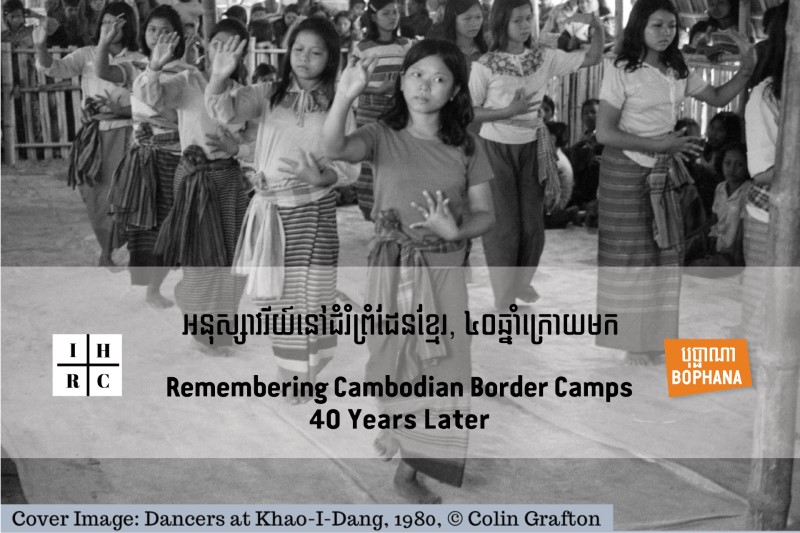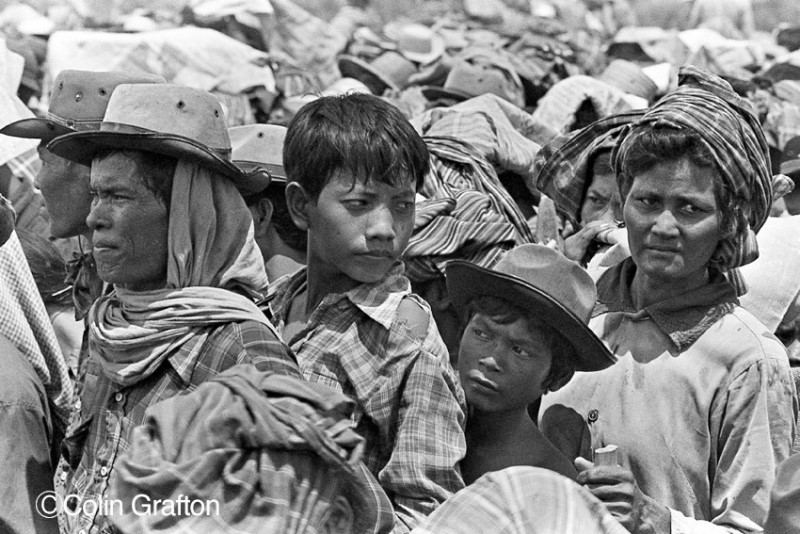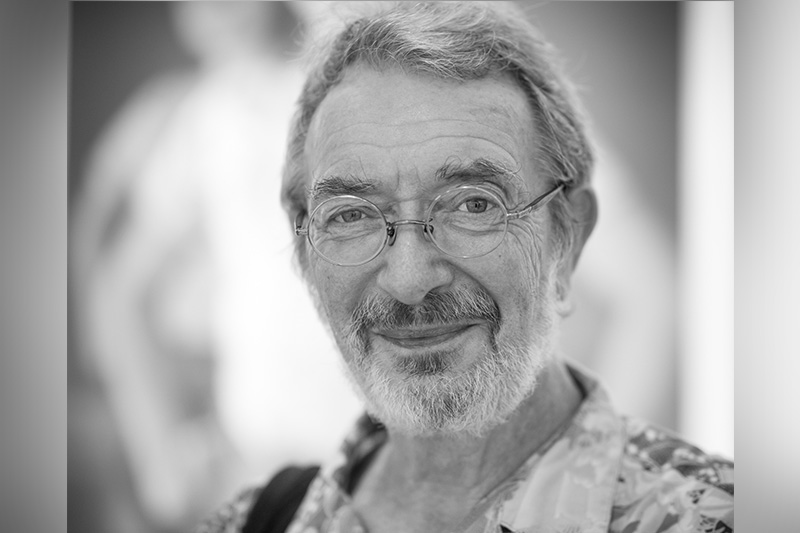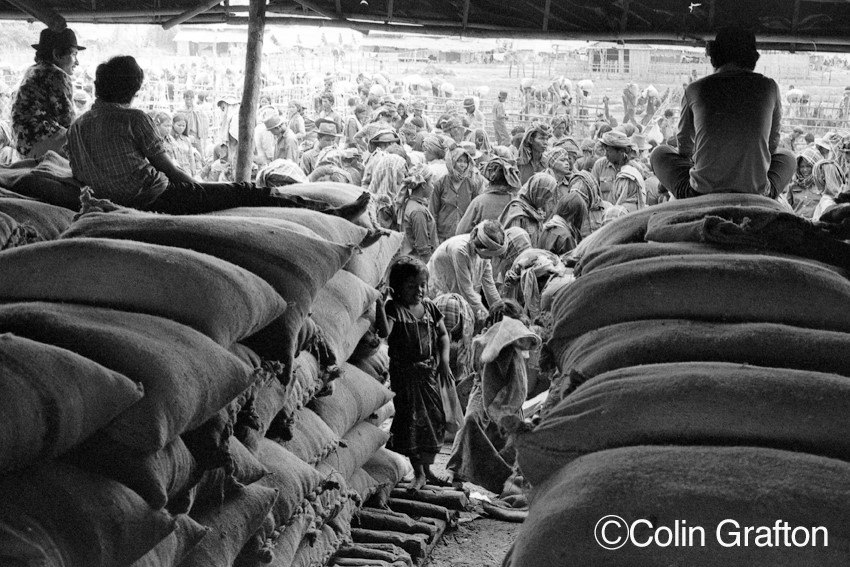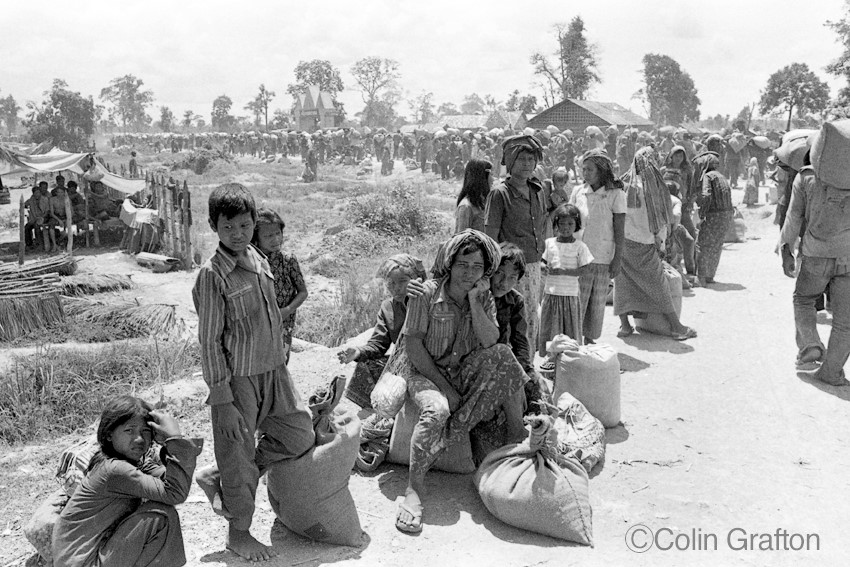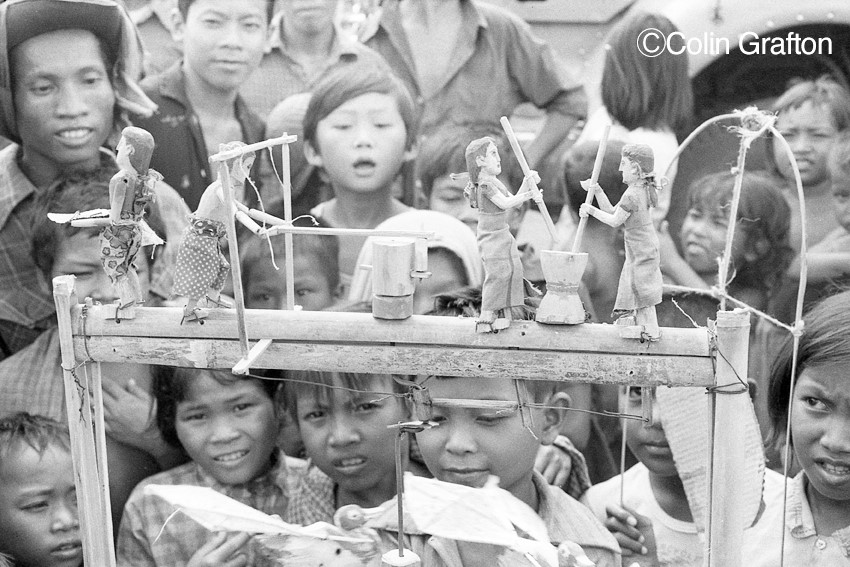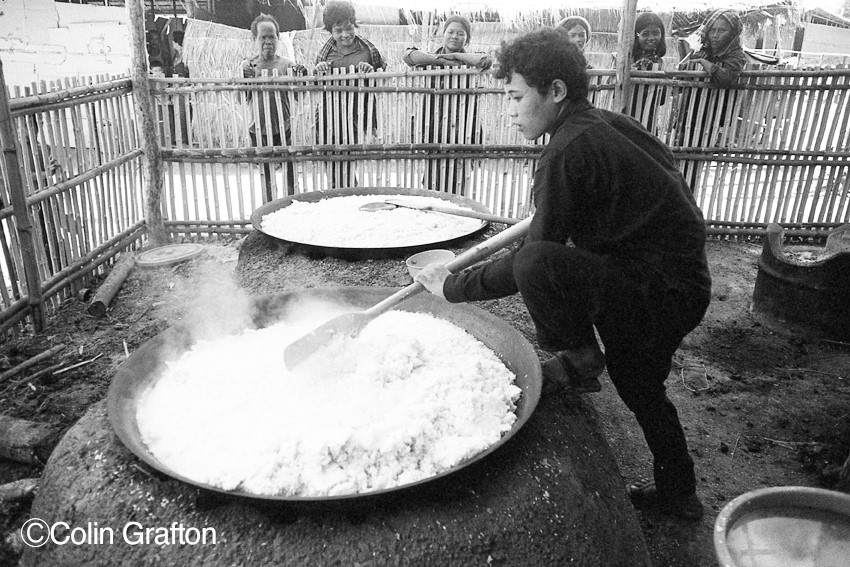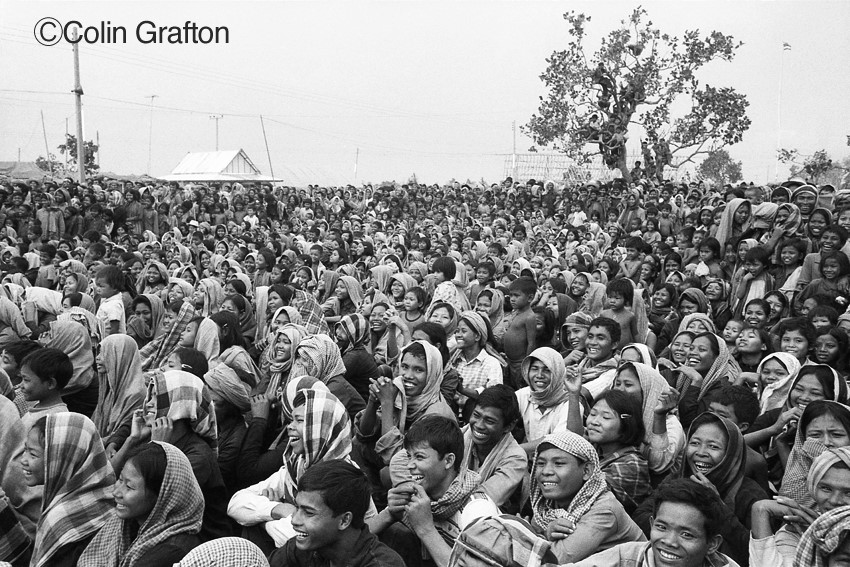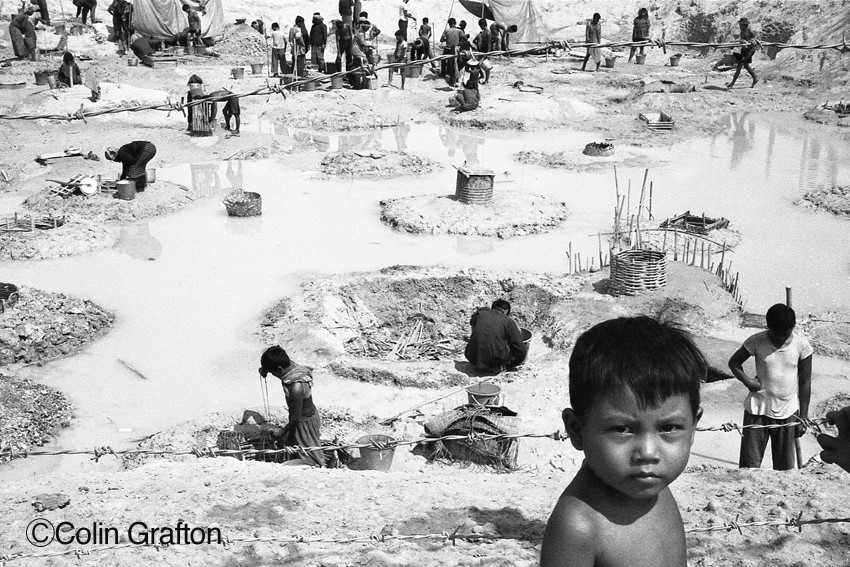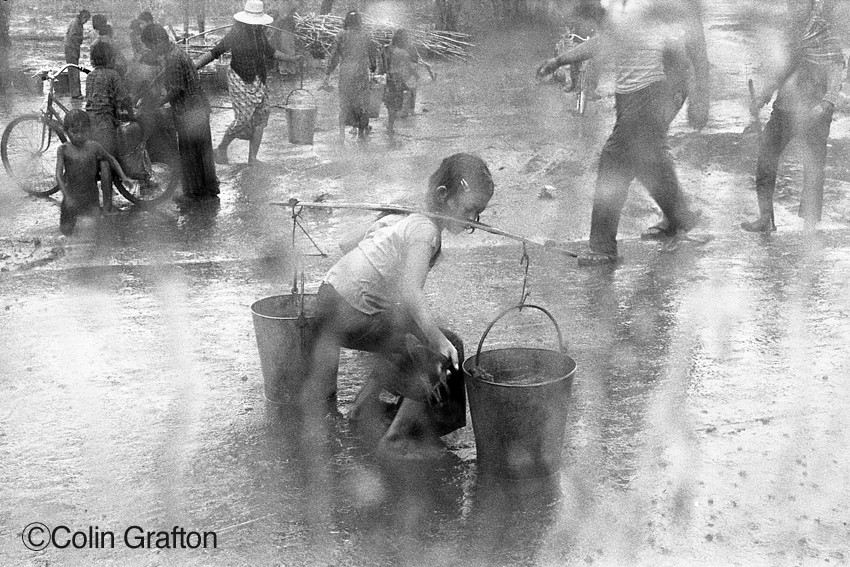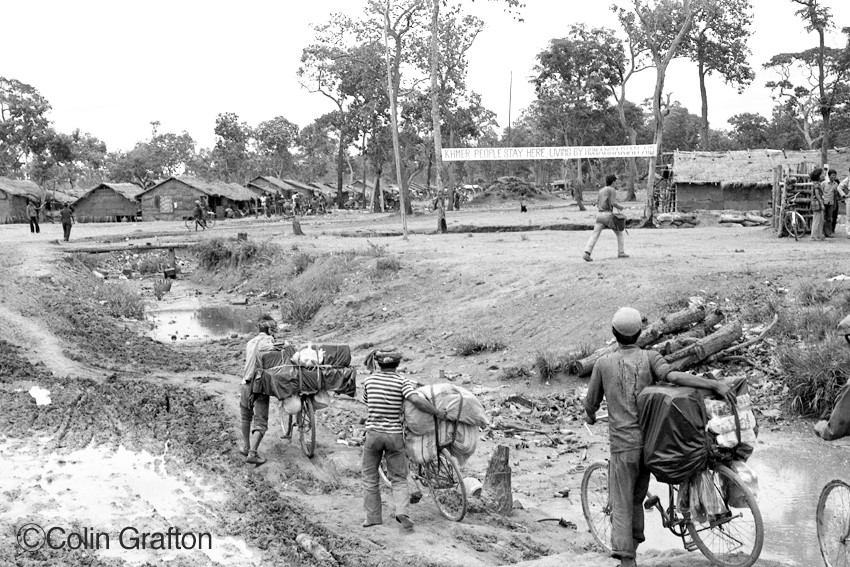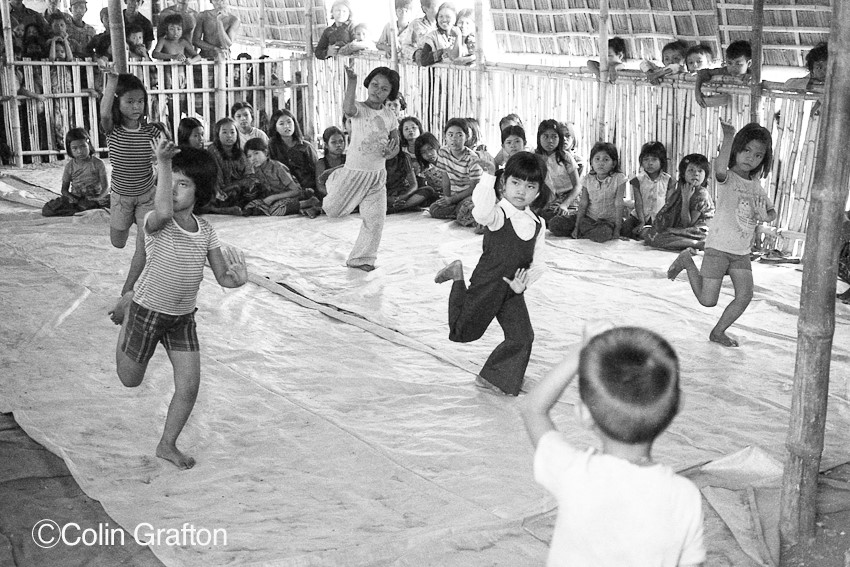Remembering Cambodian Border Camps, 40 Years Later
Organized by Y-Dang Troeung, Photographed by Colin Grafton
Only recently have artists and scholars begun to reflect more on the meaning of Cambodian history after 1979, when hundreds of thousands of Cambodian refugees fled overland to the refugee camps along the Thai-Cambodian border. The largest of these camps was Khao-I-Dang Holding Center (KID), a refugee camp that expanded to the size of a small city of over 130,000 people in 1980. Here, and in other refugee camps along the border, Cambodian people lived out their lives as intervals of loss and joy, awaiting resettlement in Western asylum countries or repatriation back to Cambodia.
The exhibition will bring together the voices of artists, activists, and community members for a collective conversation focused on Cambodia’s artistic renaissance today, with a focus on remembering the history of Cambodian border camps.
In addition to the online exhibition you are visiting, this exhibition is also on display at the Bophana Center from today until August 14, 2021. Please send a message to the Bophana Center’s Facebook page (Bophana Center) or email at communication@bophana.org to book a place. The center can only accommodate 10 people at a time.
This exhibition will take place alongside a series of related events throughout the month of July. Please follow the Bophana Center’s website or Facebook page.
This event is sponsored by the Interdisciplinary Histories Research Cluster at the University of British Columbia, Vancouver, Canada.



